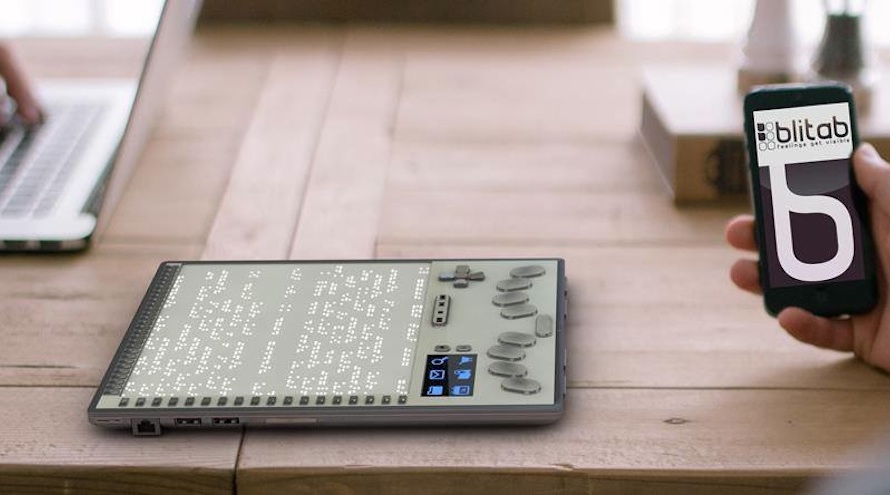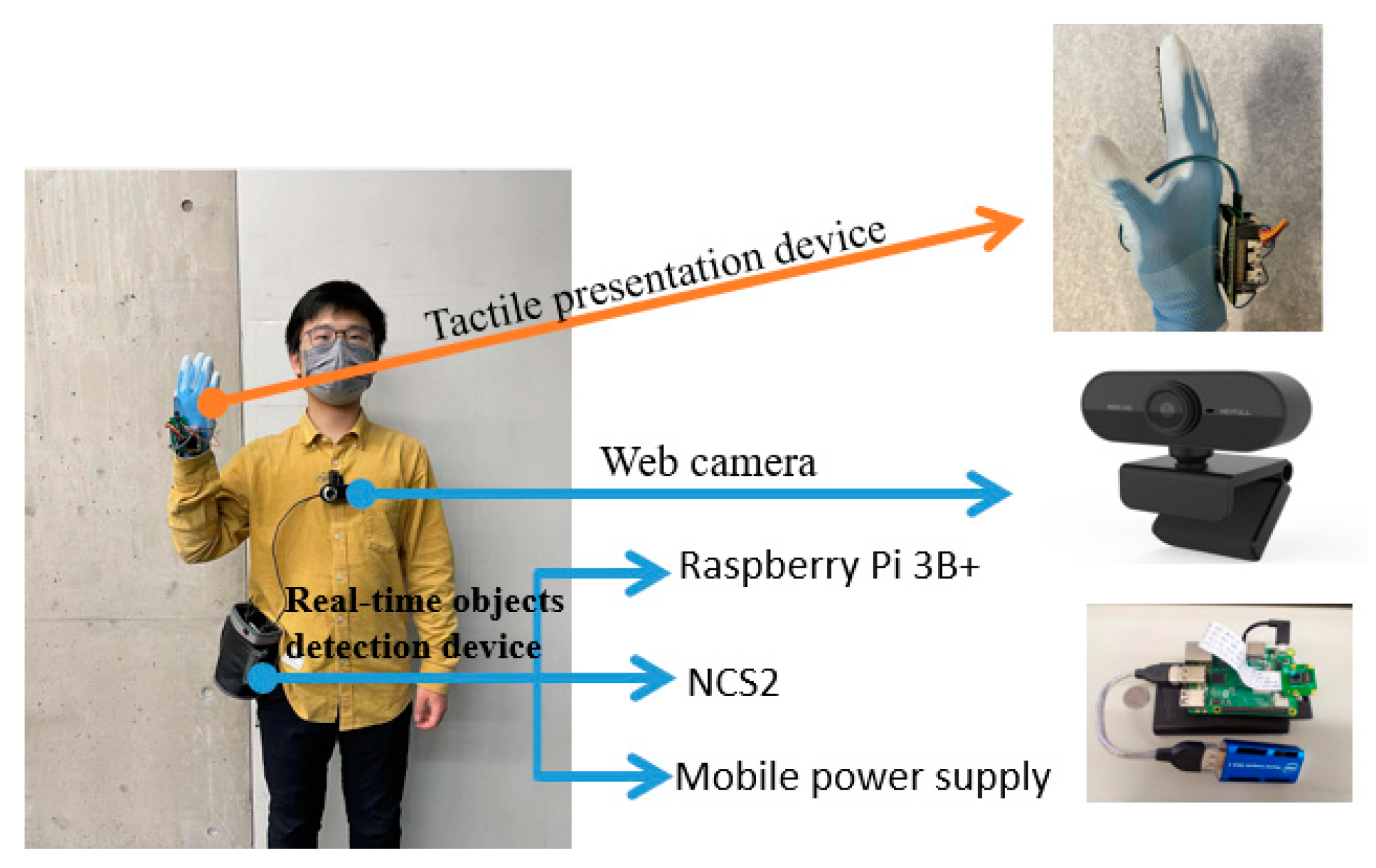Speech-to-Text Devices for Low Vision: Enhancing Ease of Use
Speech-to-Text Devices for Low Vision: Enhancing Ease of Use
Blog Article
Discover Cutting-edge Tools Created for the Aesthetically Damaged
The growth of ingenious devices for the visually damaged stands for a considerable innovation in ease of access and freedom. Technologies such as wise glasses with AI abilities and mobile applications designed to supply acoustic descriptions are improving everyday experiences for customers.
Smart Glasses for Navigation

Smart glasses designed for navigating are changing the means aesthetically impaired individuals interact with their environment. These innovative devices utilize a mix of electronic camera modern technology, expert system, and auditory responses to provide real-time info about environments. By utilizing obstacle detection systems, wise glasses can alert customers to prospective hazards, making it possible for more secure movement in both acquainted and strange settings.
The assimilation of GPS modern technology better boosts navigating capabilities, enabling users to receive acoustic directions as they move. This hands-free approach not just promotes self-reliance yet likewise encourages visually impaired people to browse metropolitan landscapes with raised self-confidence. Additionally, many smart glasses are outfitted with functions that determine sites and road signs, supplying contextual info that enhances the customer experience.
Furthermore, the growth of these gadgets is continually progressing, with companies working to enhance the accuracy of things acknowledgment and expand the series of navigational functions. As wise glasses become a lot more budget-friendly and easily accessible, they hold the possible to dramatically transform daily life for visually impaired customers. Eventually, these cutting-edge devices represent a crucial action toward inclusivity, offering boosted mobility and a greater feeling of autonomy for people browsing the globe around them.

Mobile Application for Daily Living
How can mobile applications enhance the everyday lives of aesthetically impaired individuals? Mobile applications are transforming the method aesthetically damaged individuals browse their atmospheres, take care of day-to-day tasks, and gain access to information. These applications provide essential assistance via different performances, promoting freedom and enhancing lifestyle.
A number of innovative mobile apps are developed especially for daily living. Applications like Be My Eyes attach aesthetically impaired individuals with sighted volunteers via video calls, allowing them to obtain real-time help with tasks such as reading tags or navigating strange areas. In A Similar Way, Seeing AI, developed by Microsoft, uses artificial knowledge to describe environments, checked out message, and recognize objects, successfully changing a mobile phone into an effective tool for daily assistance.
In addition, navigation apps customized for the aesthetically impaired, such as Aira and BlindSquare, supply audio-based instructions and environmental info, allowing users to traverse their surroundings safely and confidently. Past navigation and instant aid, mobile apps likewise support organization and job administration, with features that aid users establish pointers, create order of business, and track appointments. In summary, mobile applications function as crucial resources, encouraging aesthetically damaged people to lead more independent and satisfying lives.
Wearable Technologies for Help
Empowerment with modern technology is increasingly obvious in the realm of wearable devices created to help visually impaired individuals. These innovative tools integrate seamlessly right into every day life, improving navigation and providing vital comments to individuals. For instance, clever glasses geared up with cameras can check out and recognize faces message aloud, enabling customers to communicate even more with confidence in specialist and social setups.
One more significant improvement is making use of haptic responses systems in wearable devices. These systems use vibrations or other tactile signals to share information concerning the individual's atmosphere, such as barriers or modifications in surface, improving mobility and safety and security. Wearable technologies likewise consist of wristbands that attach to mobile phones, signaling users to alerts with subtle resonances, hence enhancing connection without dependence on aesthetic signs.
As these modern technologies remain to evolve, they are not just enhancing self-reliance for visually damaged people however likewise fostering a better sense of addition in society. By connecting the void in between obstacles faced in daily living and the potential for autonomy, wearable innovations function as pivotal tools in go to this site the mission for equal rights and empowerment for those with visual problems.
Sound Description Devices
Audio description tools play a crucial duty in boosting access for visually impaired individuals, providing them with the ability to engage with visual media. Braille displays and notetakers. These tools supply narrated summaries of crucial visual elements in movies, tv programs, and live efficiencies, guaranteeing that individuals can totally understand the context and emotions shared with visuals
Sound summary can be incorporated into numerous platforms, consisting of streaming services, movie theater screenings, and live movie theater. Lots of prominent streaming services currently include audio description as an ease of access feature, enabling audiences to pick it quickly. Along anti reflective glasses with mainstream media, specialized applications also exist, offering audio descriptions for art exhibits, galleries, and various other cultural occasions.
The efficiency of audio summary hinges on the skill of the narrators, who need to convey aesthetic details succinctly without detracting from the initial sound. Technologies in this area are also leading the way for more tailored experiences, where individuals can readjust the level of detail and pacing according to their choices.
Braille Innovations and Instruments
Braille technologies and tools have substantially changed the method aesthetically impaired individuals communicate with text and information. Modern developments have actually led to the development of flexible tools that improve literacy and self-reliance amongst customers.
Moreover, portable Braille notetakers incorporate conventional Braille input with contemporary capabilities, assisting in note-taking, organizing, and record editing and enhancing on the move. AI-powered visual aids. These portable devices usually feature text-to-speech abilities, linking the gap between Braille and acoustic info
On top of that, cutting-edge Braille printers have emerged, allowing customers to produce Braille labels, papers, and academic products successfully. This availability fosters greater participation in educational and professional environments, ultimately promoting inclusivity.
Moreover, study right into wise Braille modern technologies proceeds to increase. Instruments that integrate fabricated intelligence are being discovered to supply real-time navigation aid and contextual info, enhancing the individual experience in varied setups. Generally, these advancements show a dedication to empowering aesthetically impaired people with technology, ensuring they can easily gain access to and engage with the globe around them.

Verdict
The innovation of innovative devices for the visually damaged dramatically improves independence and quality of life. These innovations not just foster higher inclusion yet also promote freedom in daily tasks, ultimately contributing to a more equitable and available society for visually impaired individuals.
As smart glasses become extra accessible and cost effective, they hold the potential to dramatically transform day-to-day life for aesthetically damaged users. Mobile applications are changing the method visually damaged users navigate their environments, manage daily jobs, and access info. Apps like Be My Eyes link aesthetically impaired users with sighted volunteers through video clip calls, enabling them to get why not find out more real-time aid with tasks such as reading labels or browsing unknown rooms.In addition, navigation applications tailored for the visually damaged, such as Aira and BlindSquare, supply audio-based directions and ecological information, making it possible for customers to traverse their environments securely and with confidence.The innovation of ingenious devices for the aesthetically damaged significantly improves freedom and quality of life.
Report this page